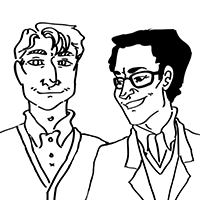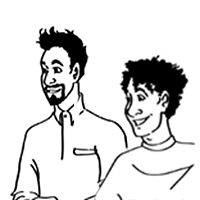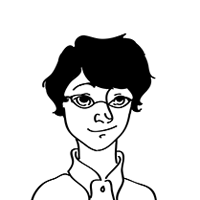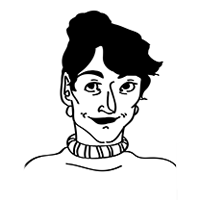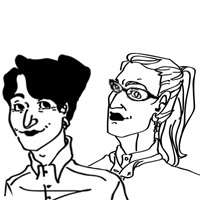Немно́го о языке́ 2.1 Э́то моя́ семья́...
Introduction to Irregular Plurals
In Unit 1 you became acquainted with Russian’s most common way of making plurals: using the ending -ы for masculine and feminine nouns. You also learned the alternative ending -и for seven-letter spelling rule nouns and for nouns with soft stems. While -ы / -и is the most common pattern, there are other patterns for smaller clusters of nouns. It may help you to remember that there are many unexpected plurals in English too: contrast house (house → houses) and mouse (mouse → mice), or goose (goose → geese), and moose (moose → moose).
In this lesson, you will encounter several of these Russian subpatterns. We will discuss some of them now, and others later in the section.
“Fleeting vowels”
- Singular
- Plural
Some masculine nouns have dictionary forms that end in:
-о + consonant, often -к (like пода́рок)
and
-е + consonant, often -ц (like оте́ц or америка́нец)
When we add the appropriate plural ending -ы or -и to any noun in this group, the -о or -е disappears. This phenomenon is called a “fleeting vowel.”
Masculine nouns of this type are fairly common. In Russian reference books, the dictionary form of the noun with the fill vowel is followed by a second form of the noun where the vowel has fled. This practice alerts readers to the disappearing vowel. In the vocabulary lists for the next two units, when the dictionary form of a noun has a fill vowel, we will list the nominative plural as a second form. For example, the entry for американец will include the plural form американцы.
Shifting Stress
Feminine nouns have a plural in -ы / -и, but the stress in the noun shifts, which may make the vowel -е show as the vowel -ё.
Nouns that take –ья in the plural
A small group of masculine nouns will have plurals in -ья.
a. Stem-stressed –ья. Some keep their stress on the stem:
b. End-stressed -ья́. In others the stress shifts to the ending.
Other irregular forms
The nouns мать and дочь add the extension -ер- to their stems whenever endings are added.
The -ер- extension should not be hard to remember if you think about the English equivalents mother and daughter.
Remember that in any language it is often the most common words that exhibit the greatest irregularity, and so it is not surprising to see a variety of types of plurals in the Russian family relationship nouns.
Упражне́ние 1.
Listen to the sentences and indicate whether they refers to one family member (singular) or more than one family member (plural).
Упражне́ние 2.
Fill in the blanks to complete the sentences below.
Use good learning strategies!
In the explanation we have broken irregular plurals into groups based on their endings. You may find it helpful to learn the forms by example, or using the groupings to help you, but you will probably find it just as useful to think about these words as being connected to a set of people in your own life. For example, if you have sisters think of them when you learn сёстры. You may want to associate the plural forms with the family pictures you may have. In any case be sure to spend a lot of time using these new words and forms in context: listen to them and say them over to yourself in phrases that will help you remember them.


